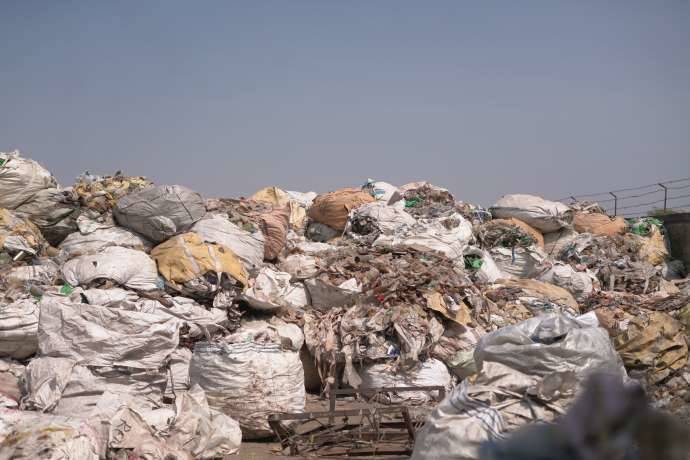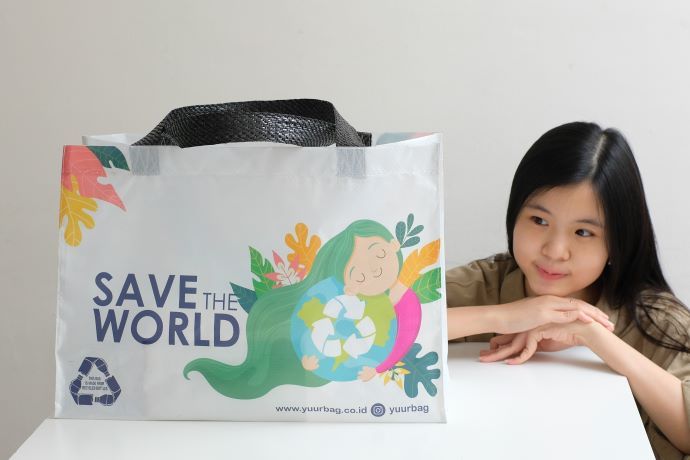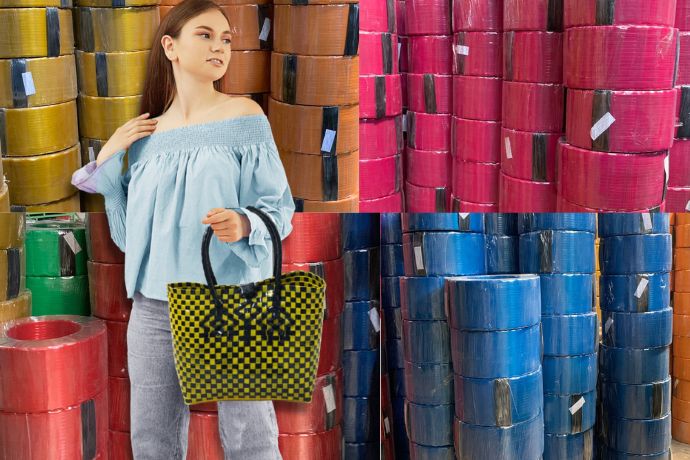How Recycled HDPE Is Changing the Packaging Industry
Key Takeaways:
- rHDPE enables high-performance, eco-friendly packaging — Recycled HDPE can be processed into durable bottles, bags, and containers while cutting plastic waste and emissions.
- Food-grade rHDPE is achievable with certified processes — With proper purification and compliance (FDA or EFSA), rHDPE can safely be used in food-contact applications.
- Challenges exist, but tech is closing the gap — While contamination and variability are concerns, advanced recycling technologies are making rHDPE increasingly consistent and scalable for industrial use.
Let’s face it—plastic waste is a massive problem. But what if we could turn that waste into something useful instead of letting it pile up in landfills and oceans? That’s where recycled HDPE (rHDPE) comes in.
But, what exactly is rHDPE? It’s High-Density Polyethylene that’s been reclaimed from post-consumer or post-industrial plastic waste, like used milk jugs and detergent bottles.
Read More : Recycled High-Density Polyethylene (rHDPE) - Comprehensive Guide
Through a process of collection, cleaning, shredding, and remelting, these discarded plastics are transformed into high-quality resin, ready to be molded into new packaging products.
Why More Brands Are Switching to Recycled HDPE
More and more companies are choosing rHDPE over virgin plastic for packaging—and for good reason. Here’s what makes it so appealing:
- Cuts Down on Plastic Waste – By recycling existing plastic, we keep tons of waste out of landfills and waterways.
- Lower Carbon Footprint – Producing rHDPE uses significantly less energy compared to virgin HDPE, leading to lower greenhouse gas emissions.
- Budget-Friendly for Manufacturers – With the rising cost of raw materials, using recycled HDPE can help companies save money while staying eco-friendly.
- Aligns with Sustainability Goals – Businesses aiming for greener operations are embracing rHDPE as a responsible packaging alternative.
Also Read : Recycled HDPE vs. Virgin HDPE - A Comprehensive Comparison
Where You’ll Find Recycled HDPE in Packaging
Recycled HDPE isn’t just a niche trend—it’s everywhere! Here are some common packaging applications:
- Bottles & Containers – Many brands now use rHDPE for shampoo, detergent, and household product bottles.
- Retail & Grocery Bags – Supermarkets and stores incorporate rHDPE into their reusable and recyclable shopping bags.
- Food Packaging – Some food-grade rHDPE variants are used in milk jugs and rigid containers.
- Industrial Packaging – From bulk containers to flexible packaging, rHDPE is proving its versatility.
Also Read : Fixing HDPE Recycled Bottle Production Issues Effectively
Is Recycled HDPE Safe for Food Packaging?
This is a common concern, and the answer is—it depends. Not all recycled HDPE is food-safe, but when processed correctly, it absolutely can be.
The FDA (U.S. Food and Drug Administration) has strict guidelines for food-contact recycled plastics. rHDPE must undergo rigorous purification to remove contaminants before it can be approved for food packaging. Companies must follow the FDA’s Guidance for Industry to ensure their rHDPE products meet safety standards.
In Europe, the European Food Safety Authority (EFSA) regulates food-safe rHDPE under Commission Regulation (EU) 2022/1616. Only recycling processes that effectively eliminate potential contaminants are approved.
In short, while not all rHDPE is food-safe, properly processed and certified rHDPE is widely used for food packaging under strict regulations.
Challenges in Using Recycled HDPE for Packaging
Despite all the benefits, there are still some hurdles when it comes to using rHDPE:
- Quality Consistency – Different sources of recycled plastic can affect the material’s performance.
- Contamination Risks – Impurities in the recycling stream can impact the usability of rHDPE.
- Processing Limitations – Some packaging manufacturers may need equipment upgrades to handle rHDPE efficiently.
However, new sorting, cleaning, and processing technologies are making rHDPE more reliable and accessible than ever before.
Also Read : Innovative Products Made from Recycled HDPE Worldwide
Conclusion
Recycled HDPE isn’t just another packaging material—it’s a game-changer. It provides a sustainable, cost-effective, and durable alternative to virgin plastic, making it a smart choice for brands committed to reducing their environmental impact.
By choosing high-quality rHDPE from trusted manufacturers like Langgeng Jaya Group, businesses can step up their sustainability efforts while ensuring their packaging remains strong and reliable.
Contact Langgeng Jaya Group today to explore how rHDPE can elevate your packaging while supporting a greener future!



